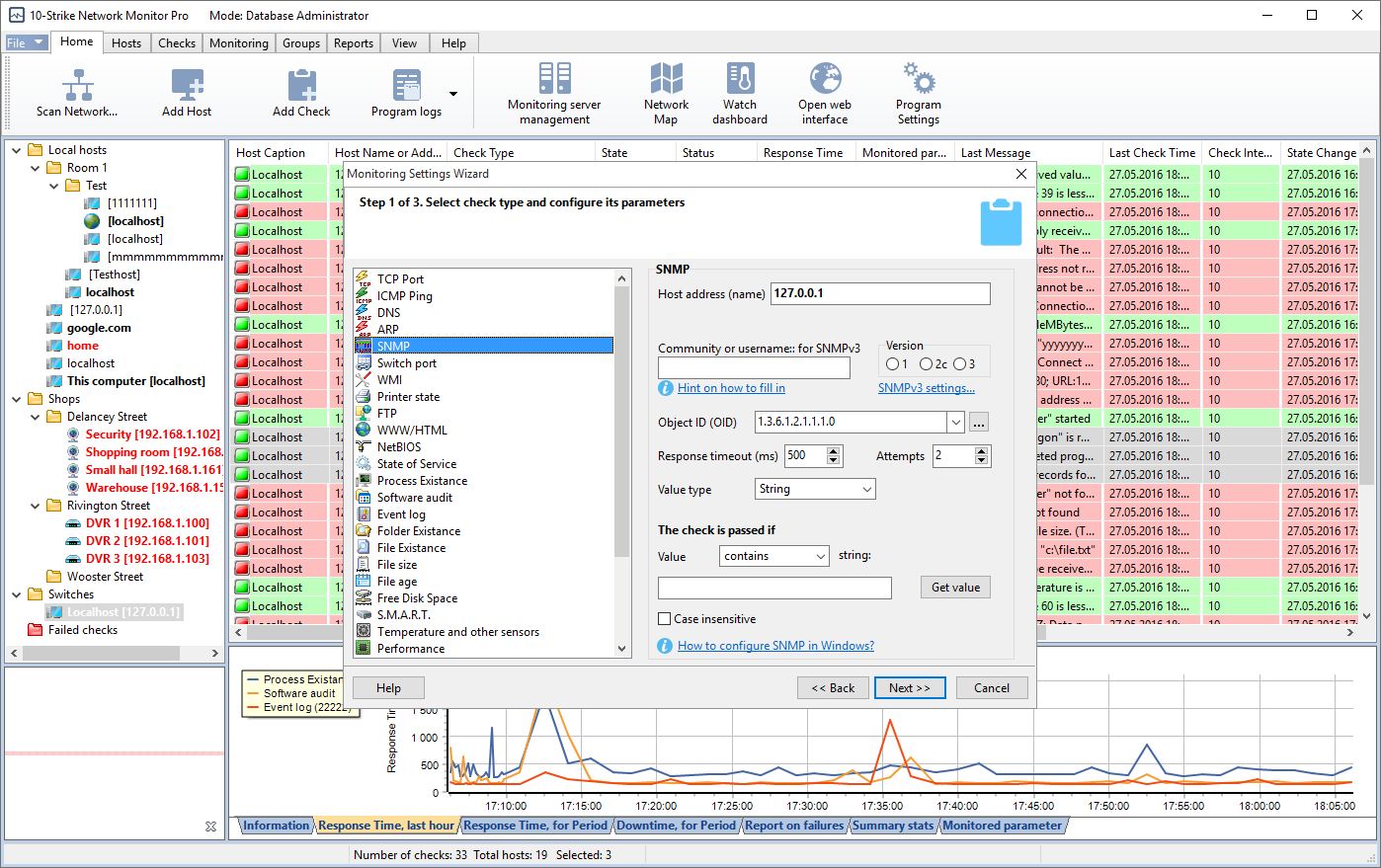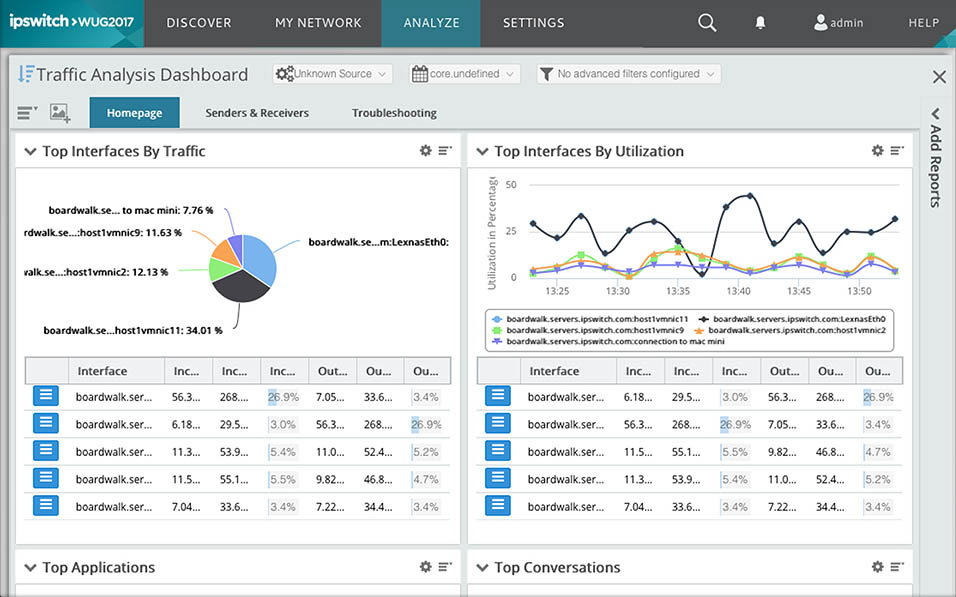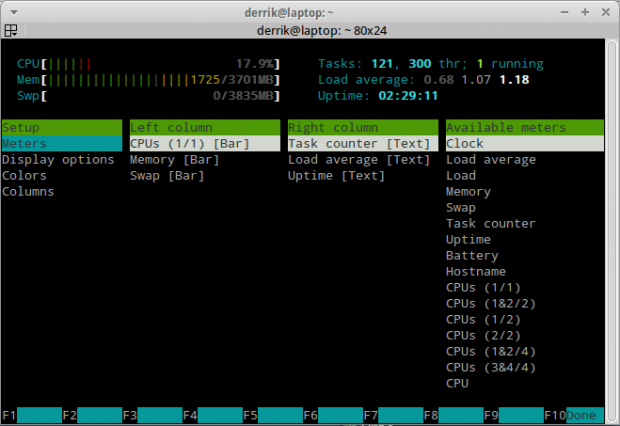

Compared to the top command, htop is a much-improvised version and even provides color coded output for easier understanding. Htop command is another feature-rich command line utility that offers real-time monitoring of various vital resources in the Linux system. Run following command to list all tcp connections on your Linux system, # netstat -tunlp Use beneath command to install it on different Linux distributions.įor CentOS 8 / RHEL 8 $ sudo dnf install net-tools -yįor Ubuntu / Debian $ sudo apt install -y net-tools In the latest Linux distributions, netstat is not the part of default installation. In other words, we can say, it also helps you troubleshoot any network related issues quickly. Using netstat we can easily find network connections, routing tables, Ethernet card statistics and masquerade connections. Netstat is one of the oldest command line utility used for network troubleshooting.

To Start capturing the packets on specific interface, run the following command, # tcpdump -i enp0s3Īlso Read: How to capture and analyze packets with tcpdump command on Linux 5) netstat $ sudo apt install tcpdump -y // Ubuntu / Debian $ sudo dnf install tcpdump -y //CentOS 8 / RHEL 8 Tcpdump is not part of default OS installation, so before start using it first install via following commands: $ sudo yum install tcpdump -y // CentOS 7 / RHEL 7 or before Using tcpdump, one can also save all the packets in a separate file for analysis in the future. Tcpdump is another command line utility that allows Linux system administrators and network engineers to monitor all TCP/IP packets transferred over a network. To use lsof commmand, type lsof and hit enterĪlso Read : 18 Quick ‘lsof’ command examples for Linux Geeks 4) tcpdump $ sudo dnf install -y lsof // CentOS 8 / RHEL 8įor Ubuntu / Debian $ apt-get install -y lsof lsof command is not available after the default Linux OS installation, so first we have to install it using following command:įor CentOS / RHEL $ sudo yum install -y lsof // CentOS 7 / RHEL 7 or before Using this command, these files can be identified easily. One of the major advantages of this command is that it helps administrators to see the files currently in use when a disk cannot be unmounted.

It is also used to monitor all processes currently in use. If you want to look at all the files currently opened in the system, then you need to make use of the lsof command. vmstat is the part of default installation in almost all the Linux distribution, so it is available straight way after the installation.

It also helps you to display various information including all system processes, CPU activity, paging, block IO, kernel threads and disks etc. Its main task is used to display virtual memory statistics. Vmstst is the command line utility that occupies the 2nd position in our list. Also Read: 25 Top Command Examples to Monitor Linux Server Performance 2 ) vmstat


 0 kommentar(er)
0 kommentar(er)
